Climate change is an unprecedented natural and socio-economic disaster. The climate crisis impacts everyone, but it does not affect everyone equally and like everything else, the climate crisis is not gender-neutral.
The link between environmental degradation and gender inequalities has remained under-researched for most of the history of climate science and this can partly be attributed to the non-consensus of climate science but is without any doubt a product of non-investment into the research of female issues or societal and medical problems primarily affecting women.
However, recent data conclusively assert that women are disproportionately affected by climate change and are at a higher risk of its future impact; add factors of class and caste to this nexus of climate and gender and you have a perfect recipe for disaster, one that is, for the most part missing from mainstream academic and policy documents.
But, how does the climate crisis disproportionately affect women? Several reasons for this have been put forward by recent empirical research:
In the urban metropolitans
The rich disproportionately contribute to the environmental crisis and possess an undeniable ability to protect themselves from the effects of climate change and environmental disasters. The irony here is that the rich are the primary contributors to climate change yet the poor are the ones most at risk of its consequences.
Due to societal and economic pre-conditions, women’s position in society has been one not synonymous with financial stability or independence; educational training and professional apprenticeship are not something that women have had access to historically by the directive of the Brahminical documents such as the Manusmriti.
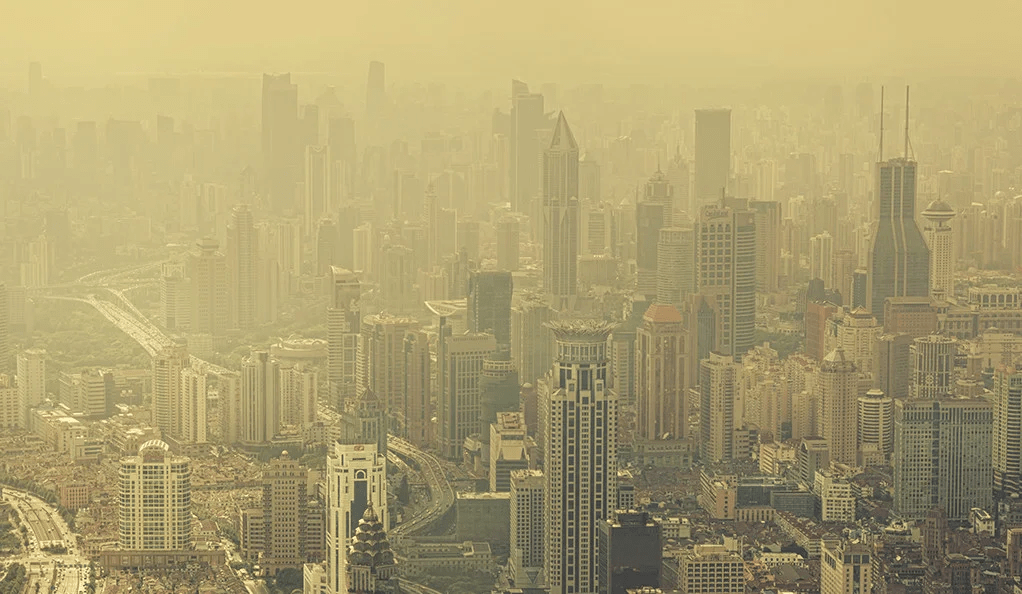
Even women that can acquire certain academic or professional credentials despite epistemic injustices, suffer from the pay gap and fatigue due to putting in significantly more effort to receive the same position as a cisgender man owing to the male social position of historical, financial, cultural and academic privilege.
Women’s unequal participation in the decision-making processes at all levels also prevents women from contributing to climate-related planning and leads to the creation of linear policies that lack context.
Additionally, climate change is predicted to create deep economic recession and job loss further obscuring the already scarce opportunities available for women and the nexus of class and caste exacerbates the situation as women face several inequalities corresponding to their different social identities and these inequalities are not merely additive. Each of these social identities brings with them certain societal status, and the effects of climate change exacerbate more and more moving down the status ladder.
Women’s unequal participation in decision-making processes at all levels also prevents women from contributing to climate-related planning and leads to the creation of linear policies that lack context.
Built environments reflect the social order of society and are cultural relics of society, and urban settlements mirror the hierarchical ordering of caste groups in society. This can be clearly understood by the segregation of slums from posh urban areas. Moreover, the worsening of the climate crisis and the ensuing depletion of resources affects the slums in an unprecedented way, especially the women living there.
Impact of the climate crisis on rural areas
Women have the role of collecting water from nearby water resources for the house. The drying up of these resources will lead to women having to travel longer distances, often on foot and in the heat to be able to provide water for the family. Furthermore, this is also time-consuming, reducing any time that women may have to become part of or indulge in any economic activities on their own. The woman also bears the responsibility of providing energy and food, a responsibility further problematised by the environmental crisis and the consequent crisis in the food supply chain.
Agriculture is the most important employment sector for women and due to the increasing periods of drought and erratic rainfall, owing to climate change, women, as agricultural workers and primary procurers, must work harder to secure income and resources for their families. This also leads to young girls being pulled out of school to contribute to the increased burden of domestic chores leaving them with no access to education or hope to break the cycle of poverty and despondence.
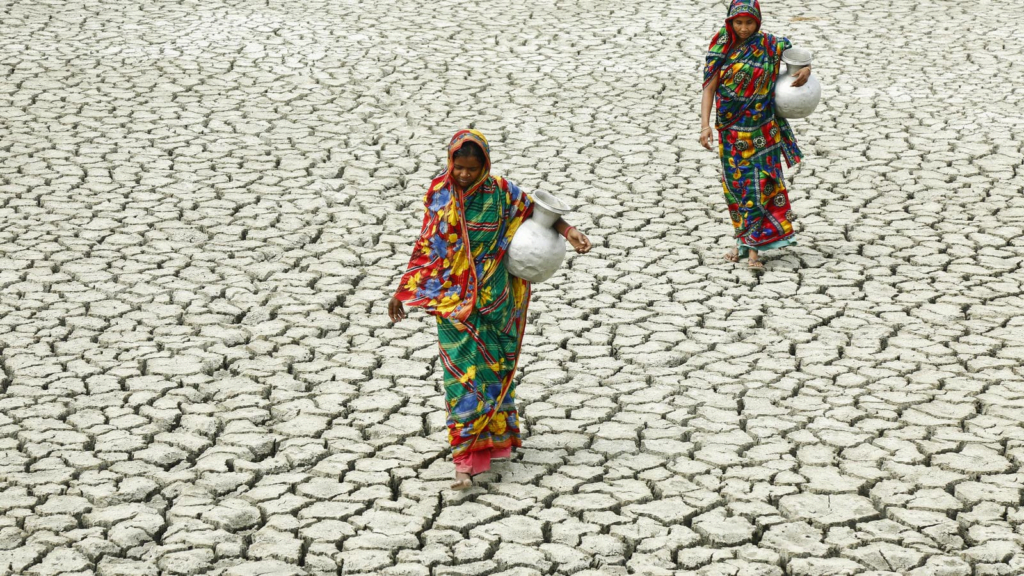
Research has asserted that education and schooling protect girls from child marriage, but the loss of education due to the consequences of climate change is putting them at higher risk of being married in childhood, increasing the risk of young girls falling prey to several forms of violence.
The relatedness of climate change and child marriage is clear, as many areas with the highest rates of child marriage are also those facing the gravest effects of climate change and its consequent environmental crises. Child marriage is most commonly practised amongst those with less access to resources and lower income and natural disasters and unsustainable practices have led to a loss of resources for many. Child marriages are a way to reduce pressure on resources, or sometimes even earn income or resources through practices such as ‘bride price,’ paid to girls’ families or ‘dowry,’ paid to boys.
Adding the factor of caste to this nexus leads to a progressively challenging situation wherein women from lowered castes are faced with an increasingly glaring situation whereby their already restricted access to important natural and social resources is further obscured due to resource degradation.
Impact of climate change on a domestic level
A recent cross-sectional study in India, Nepal and Pakistan, has argued that climate change, the overheating caused by it and the economic challenges created by it lead to a higher rate of domestic violence; primarily victims of which are women, especially women from the lowered classes and castes. This study further predicts a 21 per cent increase in intimate partner violence by the end of the century in the region.
The study notes, ‘In a warming climate, characterised by more intense and frequent heat waves, extreme heat can directly activate the brain areas associated with thermoregulation and emotion regulation and activate high aggression under certain conditions such as provocation. Acute heat exposure is linked to increased adrenaline production, which could heighten physiological arousal. In addition, heat-related events may contribute to a range of adverse mental health outcomes, which potentially increases IPV(intimate partner violence) risk.’
The UN IPCC report predicts an increase in natural disasters, with which, gender-based violence risks are becoming an even bigger problem if not properly tackled as violence against women and girls is deep-rooted in our societies and climate change is recognised as a serious aggravator of gender-based violence.

Research over the years has also assertively portrayed that the climate crisis contributes to an increase in maternal health issues, in both urban and rural areas and infant mortality or diseases as climate-related stressors lead to negative health outcomes such as miscarriage, malnutrition, and respiratory disease. In addition to this, increases in infectious disease and food insecurity driven by climate change can further aggravate the situation. Moreover, it also obscures women’s access to health providers and medical institutions.
Even the ideas of veganism and vegetarianism, which are propounded as the only choices for environmentalists, are laced with Brahmanical Patriarchy. The ranking of castes is deeply influenced by the purity of diet and in a society governed by Brahmanical patriarchy to achieve purity of body and spirit, it is necessary to be a vegetarian.
Scheduled Castes and Scheduled Tribes, both for men and women, have a higher percentage of non-vegetarians, while the highest incidence of vegetarianism is found among Brahmins at almost over 50 per cent, demonstrating the fact that the higher the caste, the higher the possibility of them being pure vegetarians. The question of nutritional and vitamin deficiencies (which are higher in women), that the upper castes and upper classes can fix with expensive supplements is also to be considered in this context and the discussion of ethical and sustainable sourcing practices of the lower castes or indigenous tribes is also completely left out of the constructed narrative.
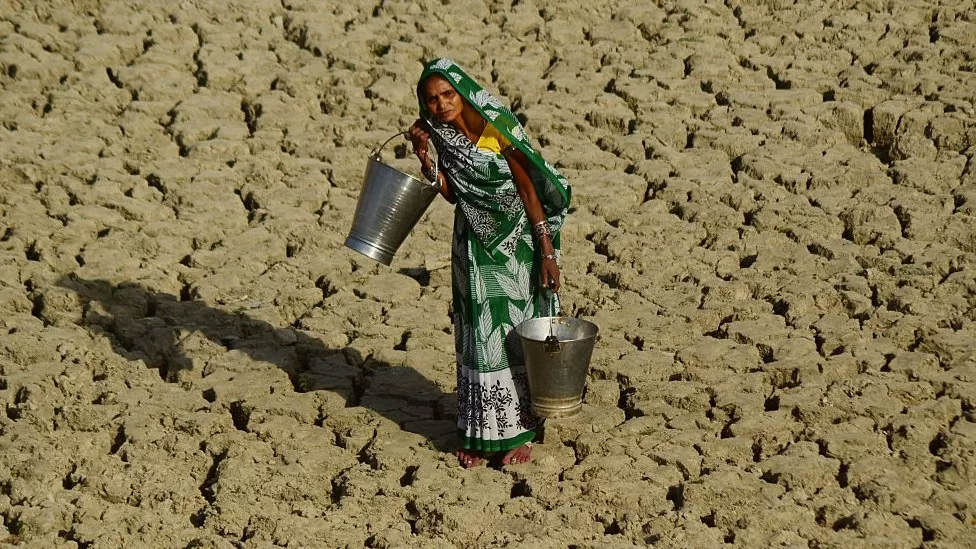
Another widely held assumption is that urbanisation can break through the caste hierarchies related to food and caste. But a critical aspect of the empirical reality of Indian urbanisation is the role food preference plays in the construction of urban neighbourhoods that are often erected upon the basis of purity of food and consequent ritual practices. Furthermore, the burden of diet purity and vegetarianism is more on women than men.
The higher castes distinguish and elevate themselves based on their vegetarianism and the purity associated with it and the upper castes, who have, to reiterate, had access to climate knowledge and western research, have used the idea of vegetarianism as the only choice for valid environmentalism. Romanticised veganism in environmental activism serves as an entry point to white nationalism and is deeply rooted in the caste structure of India.
On the level of mental health
Research related to the mental health impacts of climate change is currently less developed. Climate change can cause job loss, forced migration, and harm social cohesion and community resources, all of which have mental health consequences.
Ecological grief and eco-anxiety are terms coined to describe the sense of loss or anxiety that people feel related to climate change and the loss of a sense of a secure future. Environmental activists and climate scientists also undergo a lot of mental and emotional burnout and despair. Women are more susceptible to gender-based violence, displacement due to natural disasters and consequent conflicts, and other socioeconomic stressors, all of which undoubtedly carry adverse mental health outcomes.
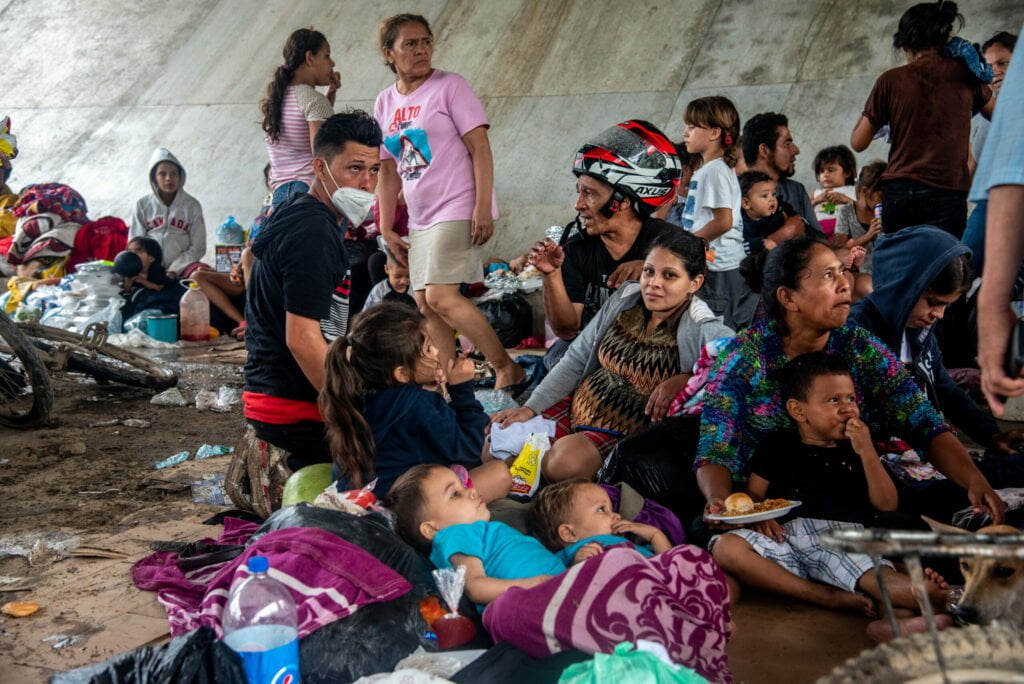
Climate change and the consequent increase in air pollution and higher temperatures that come with the rise of greenhouse gasses as well as poorer quality food, and infectious disease have notable effects on women and their mental health; raise risks of depression, suicide, violent victimisation, post-traumatic stress disorder, and various other neuropsychiatric symptoms.
Women are also more vulnerable to climate psychological risks of higher rates of stillbirth, preterm birth, and developmental problems in their children.
Climate change and indigenous women
Indigenous and tribal women are also in an unequal position due to the loss of forest land and sustainable ways of life. Climate change is synonymous with uncertainty for those who depend on nature for sustenance. The changing climatic conditions have threatened the traditional Indigenous food systems and as traditional food providers, Indigenous women are frequently at the forefront of efforts to adapt and mitigate the effects of climate change.
Indigenous women have been at the forefront of environmental conservation and possess invaluable knowledge and expertise that can help us create sustainable communities and reduce greenhouse gas emissions but these women lack representation across the globe.
Research asserts that climate change has led to a worsening of domestic violence, whether about sexual and reproductive health or discrimination against indigenous communities. Further, most relief operations are less accessible to women and are heteronormative, restricting safe-relief options for women and other gender and sexual minorities. These operations also are often monopolised by the rich upper castes, leaving lowered-caste women at their mercy.
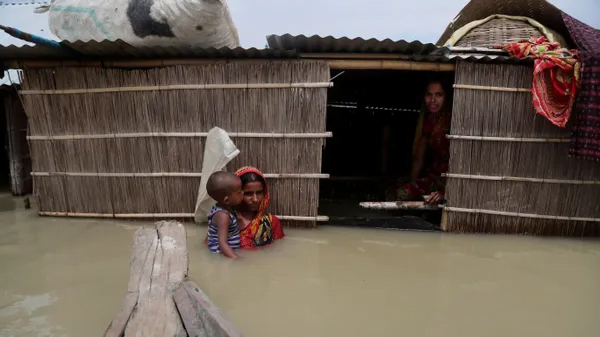
A report by CARE found that ‘in most disasters, women and girls are worst affected.’ Further, the report brings to the fore the gruesome reality that one out of five women who are refugees or who have been displaced because of a climate disaster has experienced sexual violence. We can conclusively assert that climate change is rooted in inequitable socioeconomic systems and progressively worsens these social injustices.
Thus, people in positions of power must recognise the undeniable nexus of gender and environment that is further exaggerated with the intersections of class and caste while the formation of policies for the broader society. To genuinely stand against the variegated forms of oppression, we need to encourage a holistic and comprehensive understanding of the forms that patriarchy assumes.
It is also imperative to include more women in climate action to create a more just and sustainable future for all because as Marcia Inhorn postulates in her work, ‘the best perspective of women’s issues is given to us by women themselves.’






In this era, the climate crises is very common in every country specially in Asia country like Pakistan, India , Nepal etc. Join us to get the latest update about climate crises in world.